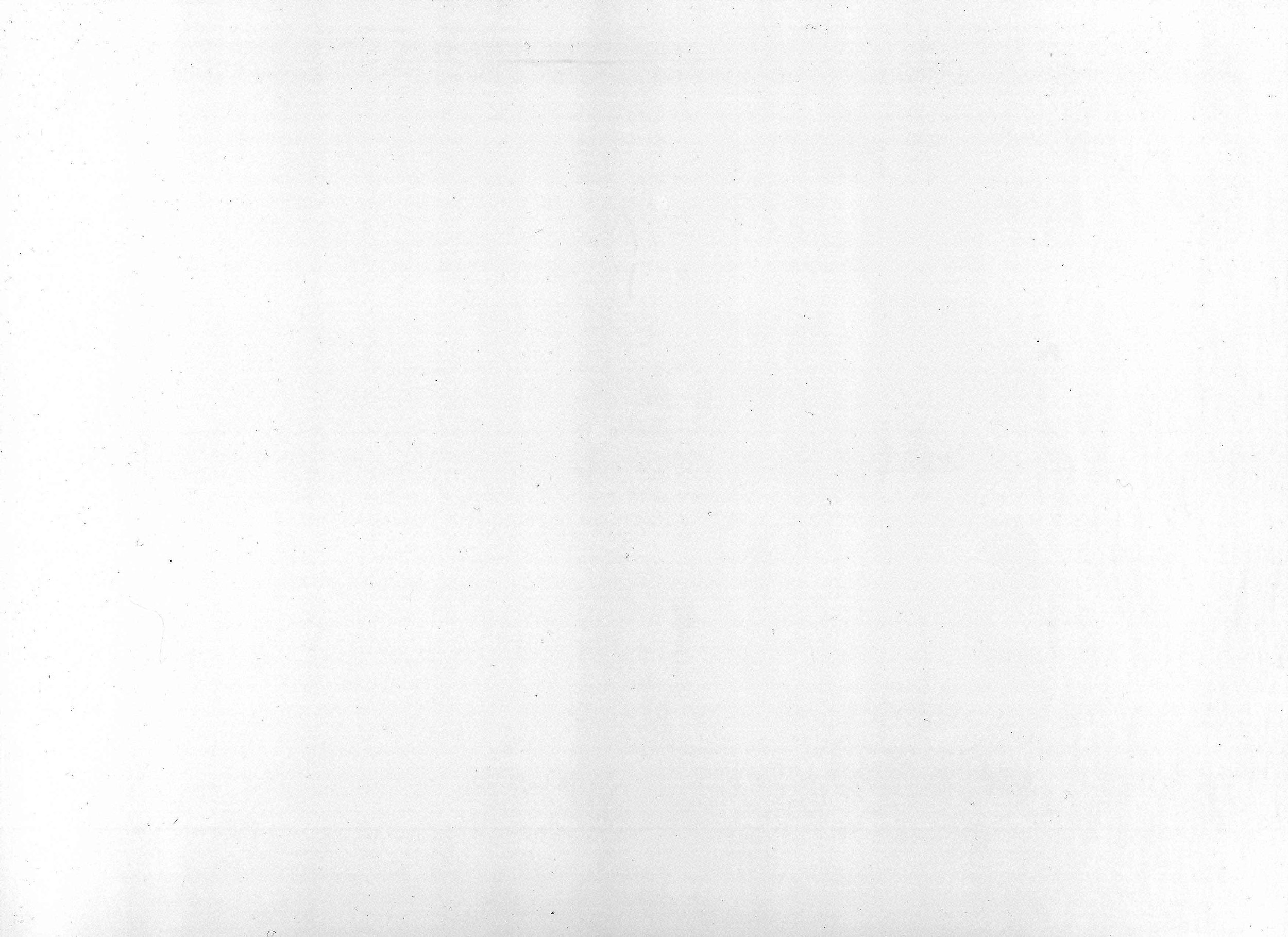
I HAVE QUESTIONS…
-
An innovative combination of cutting edge technology and elbow grease with a blend of traditional surfboard shaping and woodworking skills. See this page for more info on how the boards are made. Or check out Verdure Surf for a bit more background.
-
More info here - but the single biggest factor is longevity. The main differences between these boards and regular/traditional surfboards are the use of natural materials (wood), environmentally conscious materials (bio-resin, hemp, hardwax-oil) and their recyclability.
As an example - compared to a usual beginners soft-top foam board, which is almost all synthetics/plastics and will potentially end up in landfill after 1-2 years, these have a much lower environmental impact to begin with and a practically infinite lifespan (with proper care).
-
Wooden surfboards are different to 'regular' surfboards in a lot of ways, and not just the appearance of wood grain vs. smooth foam.
They're much better in terms of sustainability, environmental impact, durability, longevity, recyclability, less harmful waste products & health effects for the shapers.
A major design/construction difference is that they don't have a central stringer, instead there's a plywood band that runs the length of the rails. This is much more resistant to snapping or buckling. They also have layers of laminating internally, rather than a fibreglass skin covering the outside. The wood that is on the outside is less prone to pressure dings, than a regular board.
In the past, when foam surfboards were just being invented, balsa wood boards would have been considered 'regular'. So, at some point in the future wooden boards might become 'regular' too.
The construction is explained and illustrated here and if you have any questions, reach out.
-
All surfboards have individual differences and therefore will feel different. A foam surfboard or soft-top will feel completely different to a regular glassed surfboard.
For example: Even in the exact same shape a traditional PU foam board with light glassing will feel different to heavier glassing, or an EPS stringer-less or complete carbon wrap like Dark Arts.
Despite the great flex provided by the parabolic ply rails, full wood veneer surfboards will feel stiffer than a popular/major brand PU surfboard. If you already choose heavier glassing for longevity/durability, then it may not be noticeable. But it will likely last at lot longer and not lose it's 'pop'/liveliness as PU boards are notorious for.
-
Hollow wooden surfboards generally use 'skeleton'/'ribbed' frames and air chambers to achieve their shape and buoyancy and rely on an exterior laminated fibreglass shell to protect and hold it all together.
Pretty Good surfboards are wooden surfboards, but they're not hollow - they have an EPS foam core. Learn more here.
-
They can make good beginner surfboards, depending on your size, fitness and goals. McCarthy and Murakami can be beginner friendly shapes. Leonard would make plenty of groms (of all ages) very happy.
Wooden boards can be a better option than foam surfboards, with many of the same advantages. The ultra-light EPS makes them more buoyant (compared to the same volume), they are tougher than a soft top and will last far longer if cared for.
In theory, someone could use the same wooden surfboard their whole life.
-
All surfboard blanks are made by Jack from Verdure in NZ. Jack is a renaissance man - surfer, shaper, father, environmental champion, technological wizard and genuinely awesome human.
All the rest is done by me (Adam) in my parents garage in Melbourne. You can see some of the shaping and art processes here. Thanks for taking a look around
-
Renewing the finish (periodically):
This is simply brushing or rolling a light coat of Osmo Poly-x Hardwax-Oil(Gloss or Matte) over the entire board.It's advisable to cover (tape)/plug the fin boxes and leash plug before doing this to stop excess getting in them.
For optimum durability and longevity a new coat should be applied yearly. This could be done more regularly if needed (every 6 months), depending on how often it's surfed and how much abrasion the board is exposed to.
For small 'chips/bites' in the board, furniture repair wax sticks are recommended. Simply rub it over the knick until it's filled. (equivalent to cracks in fibreglass)
Be aware that UV-set resin (i.e. Solarez) can't be relied on to adhere properly to the Hardwax-Oil coating.
For larger 'chunks/holes', there are a number of ways to repair depending on type, location and severity. Paulownia hobby sheets are available at Bunnings in differing sizes & thicknesses, which can be used to create filler pieces, glued in and sealed over with Hardwax-Oil. (comparable to serious dings in fibreglass)
Get in contact if you'd like some tips.